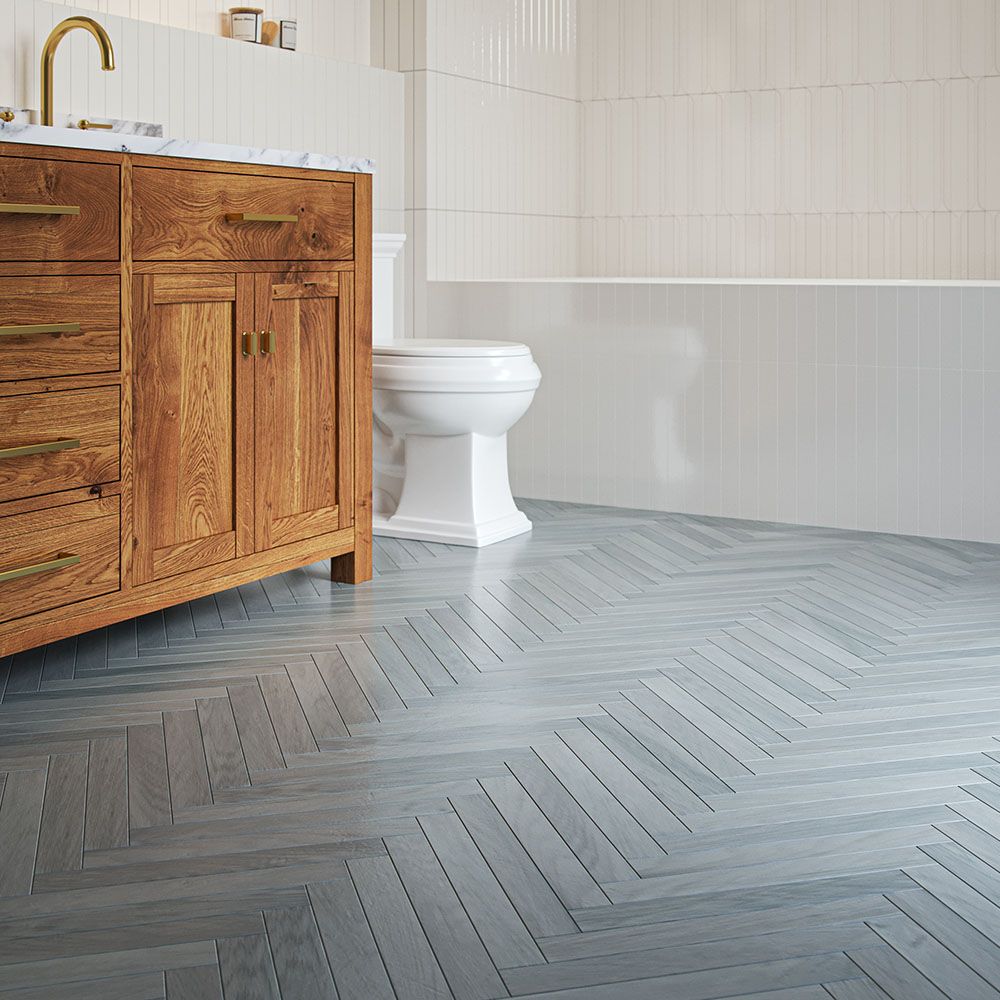
Ceramic vs. Porcelain Tiles: What’s the Difference
When it comes to choosing tiles for your home, two of the most popular options are ceramic and porcelain. While they may look similar at first glance, these two types of tiles have distinct differences that can impact your decision. Whether you’re renovating a kitchen, bathroom, or outdoor space, understanding the characteristics of each can help you make the right choice for your project.
Material Composition and Manufacturing Process
Both ceramic and porcelain tiles are made from clay and other natural materials that are fired in a kiln. However, the key difference lies in the composition and the temperature at which they are fired.
Ceramic tiles are made from a mixture of clay, sand, and water. They are fired at a lower temperature, making them less dense and slightly more porous. Porcelain tiles are made from a more refined clay and fired at a much higher temperature. This process makes them denser, less porous, and more durable than ceramic tiles.
Durability and Water Resistance
One of the biggest factors in choosing between ceramic and porcelain tiles is their durability and water resistance.
Ceramic tiles are durable but more porous, meaning they absorb more water. This makes them ideal for indoor areas and wall applications like kitchens and bathrooms but not the best choice for outdoor use or high-moisture environments. Porcelain tiles have a lower water absorption rate, making them an excellent choice for outdoor use, high-traffic areas, and spaces exposed to moisture, such as showers and patios.
Appearance and Design Variety
Both types of tiles come in a wide range of designs, colors, and textures. However, porcelain tiles often feature more intricate patterns and can mimic the look of natural stone or wood more convincingly.
Ceramic tiles typically have a glazed surface that offers vibrant colors and patterns. They are ideal for decorative walls and lower-traffic areas. Porcelain tiles often have a through-body composition, meaning the color runs through the entire tile, making chips and scratches less noticeable.
Which One Should You Choose?
The choice between ceramic and porcelain tiles depends on your specific needs.
For interior wall applications, ceramic and porcelain tiles are a great choice. If you need a more durable, water-resistant option for high-traffic or outdoor areas, porcelain tiles are the better investment.
Understanding the differences between ceramic and porcelain tiles can help you make an informed decision that fits your home’s style and functional needs. Whether you prioritize durability, affordability, or aesthetics, both options offer unique benefits that can enhance any space.
